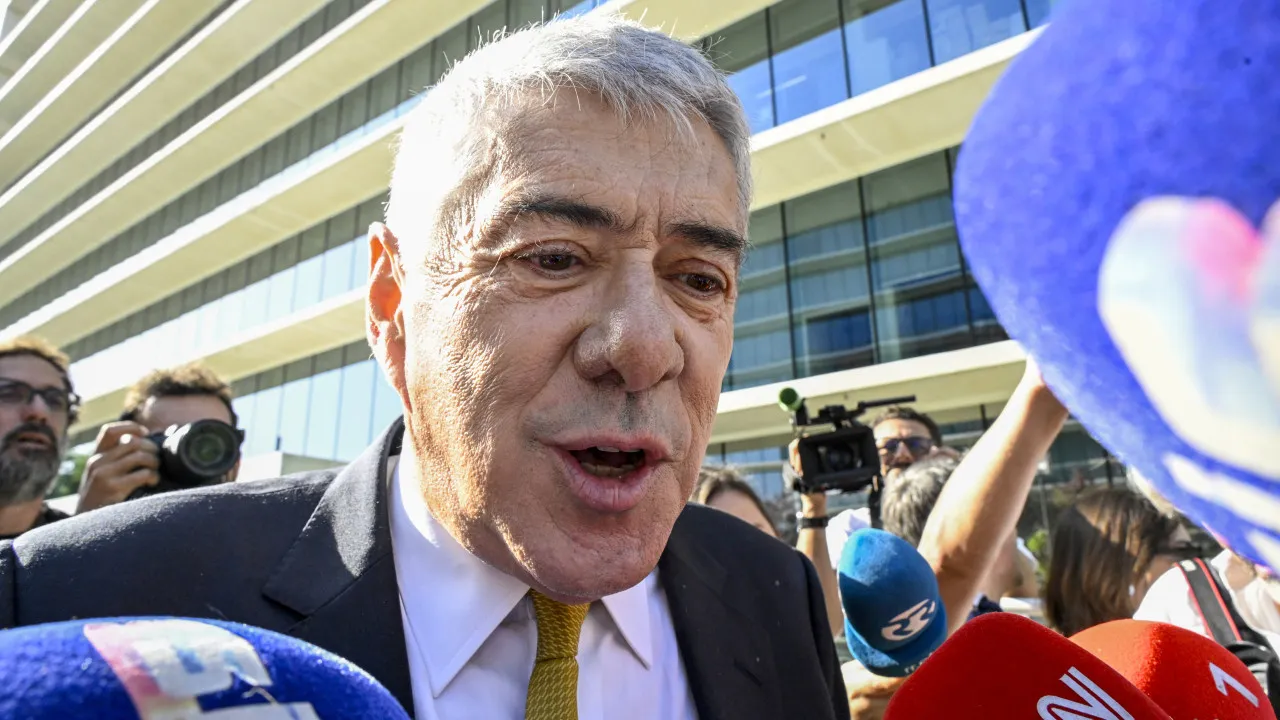
Fuel prices showed mixed behavior at the start of this week as gasoline became cheaper, while diesel saw a very slight increase, as per the latest average prices updated by the Directorate-General for Energy and Geology (DGEG).
Gasoline 95 saw its price drop from 1.689 euros per liter to 1.675 euros per liter between Friday and Monday, a decrease of 1.4 cents.
Meanwhile, diesel rose from 1.570 euros per liter to 1.573 euros per liter over the same period, marking an increase of less than half a cent.
What were the forecasts?
As projected by the Automobile Club of Portugal (ACP), gasoline was expected to decrease by two cents, while the price of diesel was anticipated to remain unchanged.
In reality, the price of Gasoline 95 ended up dropping less than expected.
It should be noted that these calculations are based on the daily average prices reported by DGEG. These are determined from prices reported by fuel stations, weighted with the quantities sold during the last known period, incorporating discounts offered at stations through fleet cards and others. The data is based on information from 2,923 active fuel stations.
How is the oil market?
The Brent crude price for September delivery ended Monday in the London futures market with a 1.87% increase, reaching 69.58 dollars.
The North Sea crude, a benchmark in Europe, ended trading at the Intercontinental Exchange 1.28 dollars above the 68.30 dollars at which it closed the last session.
Brent began the week hovering near the 70 dollars per barrel mark, with the market seemingly ignoring the Organization of the Petroleum Exporting Countries (OPEC+) decision, which agreed on Saturday to increase its crude supply by 548,000 barrels per day (bpd) starting August 1, significantly higher than the 137,000 bpd in the prior three months and more than what markets anticipated.
Market analyst Forex Razan Hilal stated that despite downward pressure, various upward factors are “supporting” crude prices since investors view OPEC+’s confidence in eliminating production cuts as “a more optimistic outlook on supply and demand.”
Hilal also highlighted additional demand sentiment drivers, such as the weakness of the US dollar, which lowers oil prices for buyers using other currencies, expectations of interest rate cuts by the US Federal Reserve (Fed), and potential trade agreements involving the US with its global partners.
Regarding the latter point, US President Donald Trump announced the extension of the deadline for concluding tariff negotiations, originally set to end on Wednesday, to August 1, since deals with some key partners, such as the European Union, remain unfinished.




